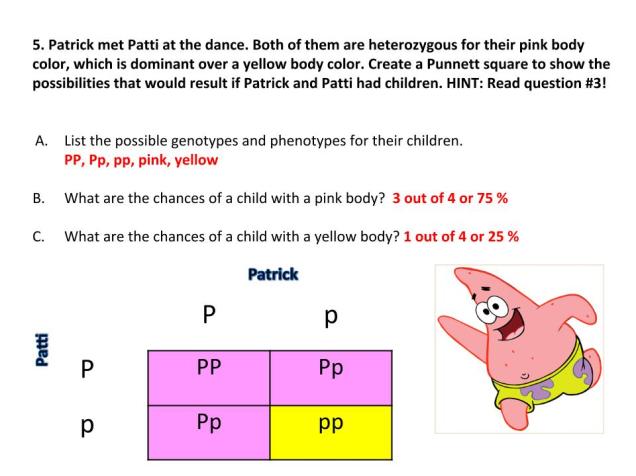
Materials:
- Atomic Model Timeline Presentation – a very nice set of slides (as a pdf) explaining the Atomic Model from Mr. Enns’ Google Drive
- If you would like to buy the full version of his presentation, he has it posted on Teachers Pay Teachers
- Atomic Model Timeline Foldable – students will take notes on inside flap for each model
- TedTalk Video – great video for the development of the Atomic Model
- Opening Activity: Prior to using this lesson, we do a lesson on Indirect Evidence using Mystery Socks.
- Optional:
- Atomic Model Timeline Handout – fill in the blank notes for the BrainPOP Video
- BrainPOP – Atomic Model Movie (subscription needed)
This is a great explanation as well – he has tons of Chemistry videos which are geared more towards High School and College Students.




















